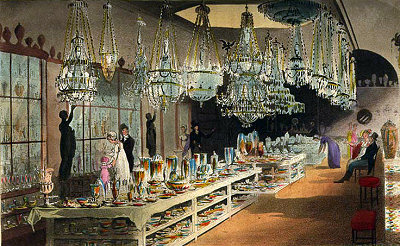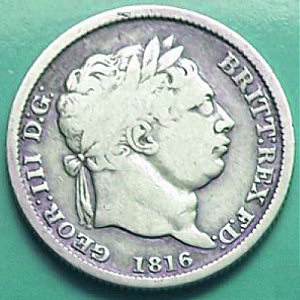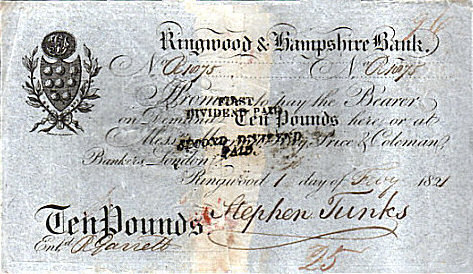It may be hard to imagine today but back in Regency times almost all members of the middle and upper classes had accounts with different suppliers, who extended credit to their patrons. This was generally referred to as "coming to terms." Only if the amount was small or they were traveling did they pay cash. In fact, only the poor did not live on credit in one guise or another. This often played havoc with many small establishments that did brisk business but still could not stay afloat due to bad debts. By the Regency this state of affairs was on its last leg and some merchant, such as Harvey Nichols, openly declaired to sell for "ready money only" and who could really blame them?



